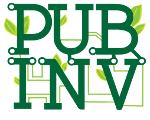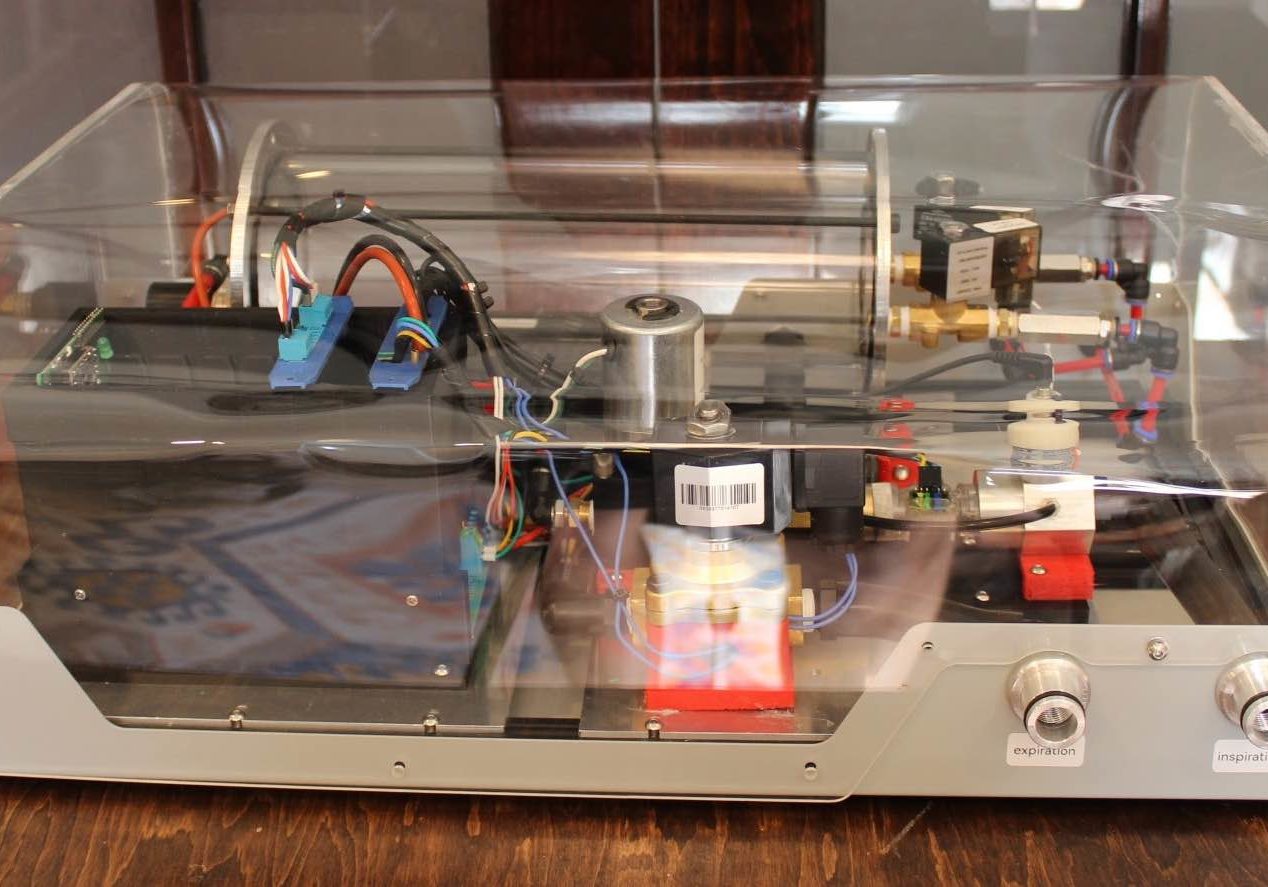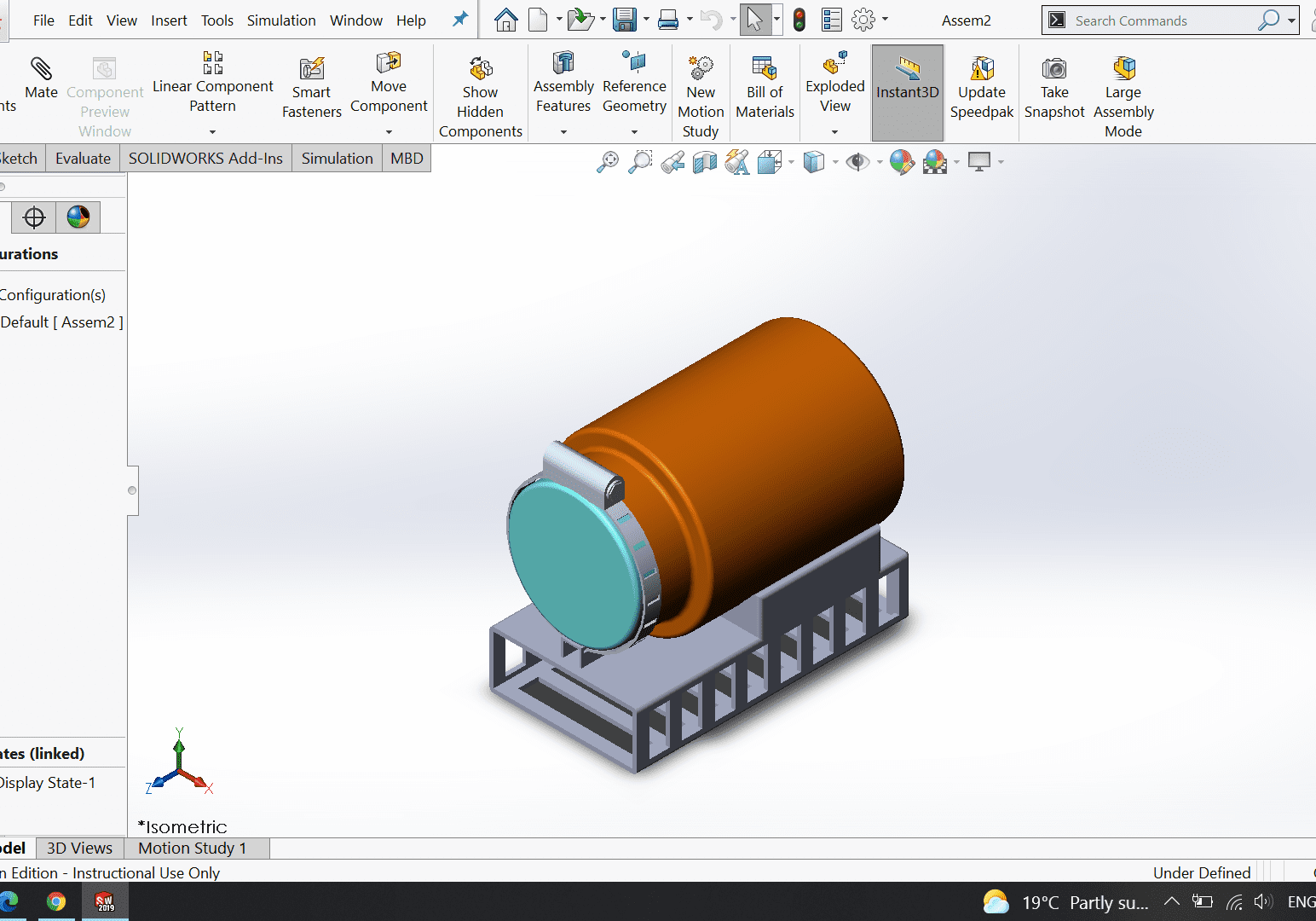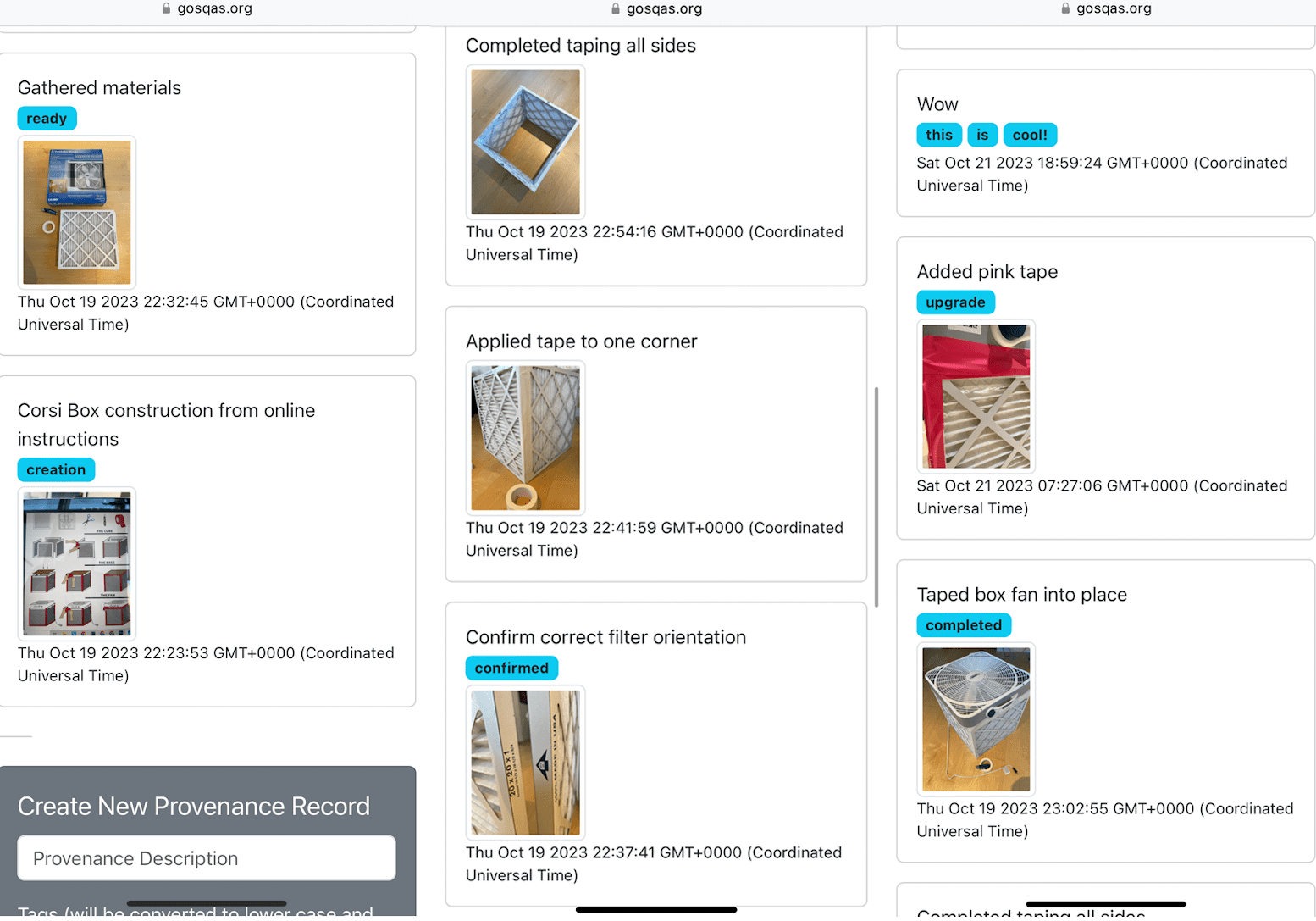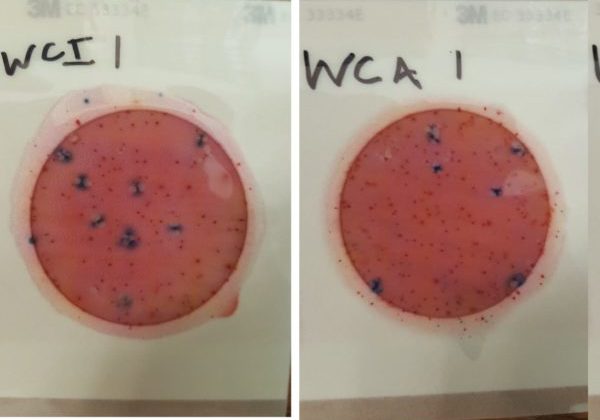Why Public Invention Matters to the Future
Invent things that help humanity
We challenge the notion that inventions should be reserved for patents and profits. Rather, we invite fellow builders of the future to use their skills for a humanitarian purpose. We want to make the future better for everyone. To do this we remove, rather than add, legal barriers to the free use of our inventions. All work done with Public Invention is free and open to all under share-alike public licenses.
Recent Projects
Check out some of our recent public invention projects
PolyVent
The COVID-19 pandemic has underscored the fragility of our global supply chains. The PolyVent started out as an attempt, along with 100 other teams, to make an open source emergency ventilator. It has now become the world’s most open and extensible ventilator.
Ventilator Verification Project
This is a project to match teams building emergency COVID-19 ventilators to teams able to verify the clinical suitability of those ventilators. The goal is to give clinicians the confidence to deploy a last-resort device by proving that is has been functionally tested, burned-in for 48 hours, and is clinically suitable.
Project #51: Moonrat: A portable Incubator
Current Public Inventors:
Melanie Laporte, Silvia Castillas, Harshit Kumar, Enrique Ruiz, Horacio Garcia, F. Lee Erickson, Robert L. Read of Public Invention
Past Inventors: Sam Dauenbaugh, Jerry Chang, Shreya Bhatia
GOSQAS
The Global Open Source Quality Assurance System (GOSQAS) provides the opportunity to create truthful, transparent documentation via our open source provenance tracker, Global Distributed Tracking (GDT). Designed specifically for low-resource settings, GDT allows anyone with simple website access to securely record their project data.
